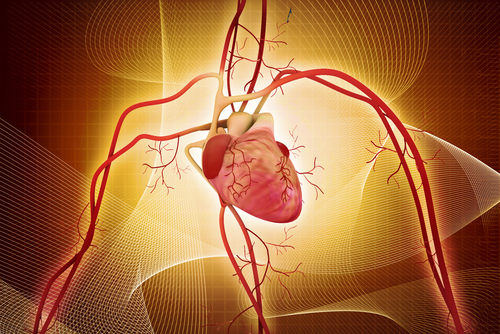A tissue phase mapping study reported that left ventricular (LV) function is abnormal in patients with pulmonary arterial hypertension (PAH) and is related to clinical outcomes. The new insights could help physicians better determine prognosis for those with the disease.
Because the right and left ventricles share a septum and pericardium, right ventricular (RV) disease in pulmonary hypertension can result in abnormal left ventricular (LV) myocardial mechanics. In this study, a novel cardiovascular magnetic resonance tissue phase mapping method was applied to LV myocardial velocities in patients with PAH.
“These results demonstrate that LV myocardial mechanics are negatively affected by RV [right ventricular] pressure overload and may contribute to symptoms and clinical worsening,” authors wrote in their report, titled, “Left ventricular diastolic dysfunction in pulmonary hypertension predicts functional capacity and clinical worsening: a tissue phase mapping study” and published in the Journal of Cardiovascular Magnetic Resonance.
Of the 40 PAH patients and 20 healthy volunteers included in the study, patients with PAH showed significantly reduced LV end-diastolic (88 vs. 134 ml) and systolic volume (62 vs. 85 ml) in addition to LV cardiac output (4.6 vs. 5.6 l/min). Curvature of the septum was smaller and even reversed in 65 percent of the PAH patients.
The authors highlighted that the LV filling velocity was also impaired in PAH patients compared to the healthy volunteers, observing that PAH “is primarily associated with early diastolic LV dysfunction,” with reduced maximal E wave values for radial (2.3 vs. 3.1 cm/s) and longitudinal (2.6 vs. 4.2 cm/s) velocities.
Early LV filling velocity was linked with clinical condition; E wave radial velocity was independently associated with 6-minute walk distance while longitudinal velocity predicted clinical risks.
“This is probably because patients with impaired diastolic function have less cardiac reserve and are therefore more symptomatic,” said the study’s co-author, Vivek Muthurangu from UCL Medical School, London. “This increases the likelihood of up-titration of therapy or death.”
Researchers demonstrated that the E/A ratio, which is the ratio of the early (E) to late (A) ventricular filling velocities, did not differ between PAH patients and healthy participants, and it was not associated with clinical outcomes. This revealed that tissue phase mapping markers can play a superior role to conventional measures of diastolic cardiac function. Moreover, the RV ejection fraction was not linked with either exercise or clinical outcomes, further supporting “that reduced LV diastolic function may be more important than RV function itself.”
The authors concluded that “future work should be directed at assessing the response of these novel biomarkers to vasodilator therapy,” in order to advance the benefits of this tissue phase mapping approach to determining PAH outcomes based on an analysis of left ventricular (LV) function.

